Author // Emily Rozmus Monday, 06 January 2025
There is no better time than right now to help students learn to access, analyze, evaluate, create, and act using all forms of communication. This is called media literacy (NAMLE, 2024) but it can also encompass other literacies, including digital, information, and news. The graphic below is helpful in thinking about what media entails and how literacy gives us what we need to create and consume it.
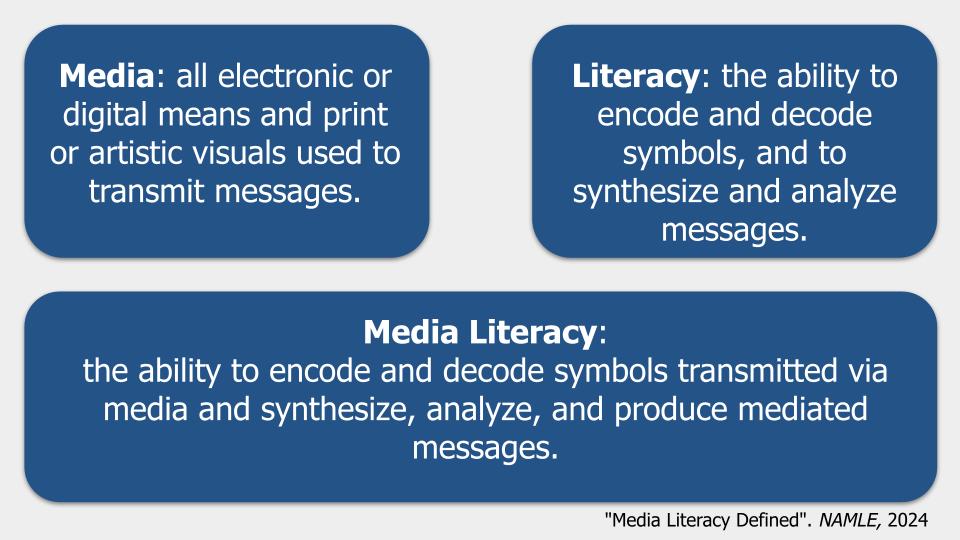
Teaching media literacy is important for several reasons. According to the National Association for Media Literacy Education (NAMLE), teaching media literacy allows people to:
Teaching media literacy is essential in our connected world. INFOhio has quality content and resources to help you provide the lessons students need to become critical thinkers who can evaluate media and apply that learning in their everyday lives. Here are four ways to teach media literacy every day with resources from INFOhio.
Teach Media Literacy Across All Disciplines
By nature, media literacy is interdisciplinary. Media messages and communication are all around us, and it is essential to equip students with the skills they need to understand the media, use it, and create their own, whether at home, in school, or at a part-time job.
To create media literate citizens, embed media literacy into the content area classrooms, extracurricular activities, and career exploration and development programs. Using Open Space, educators can find a variety of instructional materials to teach media literacy across the curriculum. Open Space is a repository of lesson plans, textbooks, activities, and other learning resources freely available on the web as well as some licensed and purchased content from INFOhio. Educators can connect with fellow educators across the state in topic-focused groups and curate their favorite resources into both collaborative and personal folders.
Doing a simple search for "media literacy" will yield a variety of results. Apply Material Type limiters as needed.
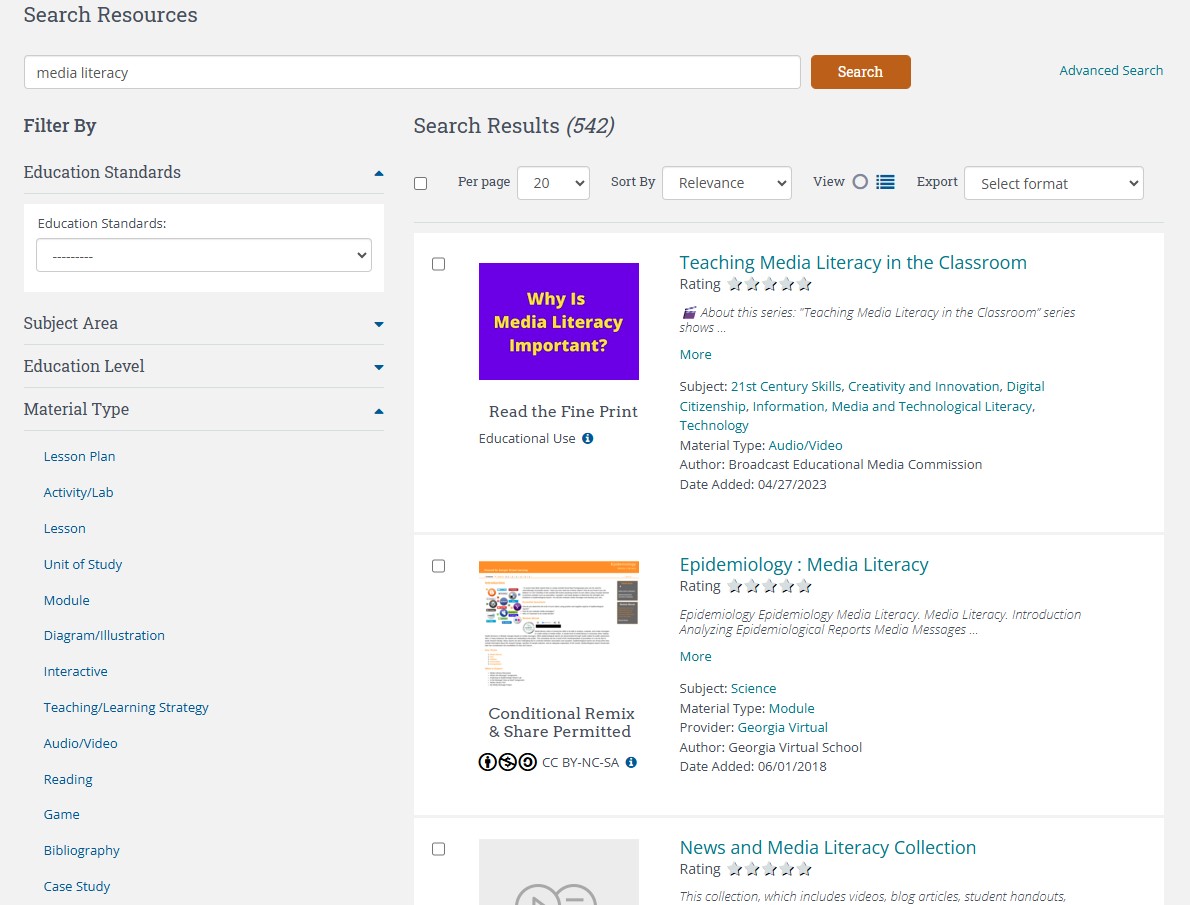
One result is from Georgia Virtual Learning. Epidemiology: Media Literacy is a learning module that teaches high school students to unpack news items about scientific claims, as well as to create their own media messages. With skills from both the science inquiry process and media literacy, this module can support learning standards and develop students who are able to determine the validity of information.
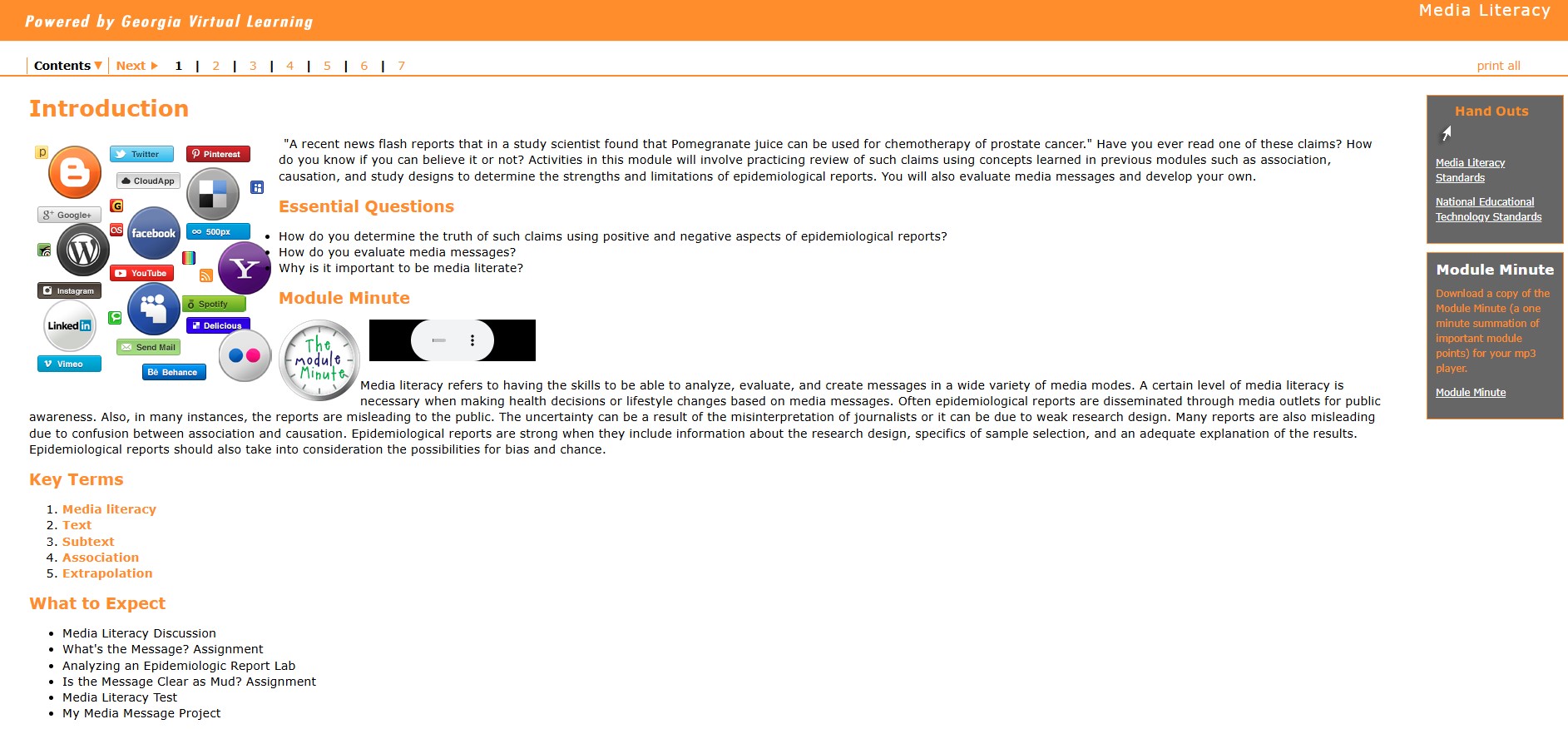
Another result is the lesson from ReadWriteThink. Critical Media: TV Programs asks middle grade students to analyze television programs. Social Studies teachers can apply this to courtroom dramas or fire and EMS shows. Science teachers could suggest programs set in hospitals or in forensic departments. Asking students to determine messages from shows and compare them to lessons learned in class and construct reality is relevant and timely learning.
Educators can also browse content by the providers. In Open Space, choose Discover and then Providers from the menu at the top of the Open Space website. Search for the content provider News Literacy Project to browse the resources available from this nonpartisan nonprofit building a national movement to ensure that all students are skilled in news literacy before high school graduation.

Check out the Breaking News Checklist, an infographic from News Literacy Project with six best practices to navigate fast-moving news stories, cut through the news, and find accurate information. Post this in any middle or high school classroom for important reminders to all learners.
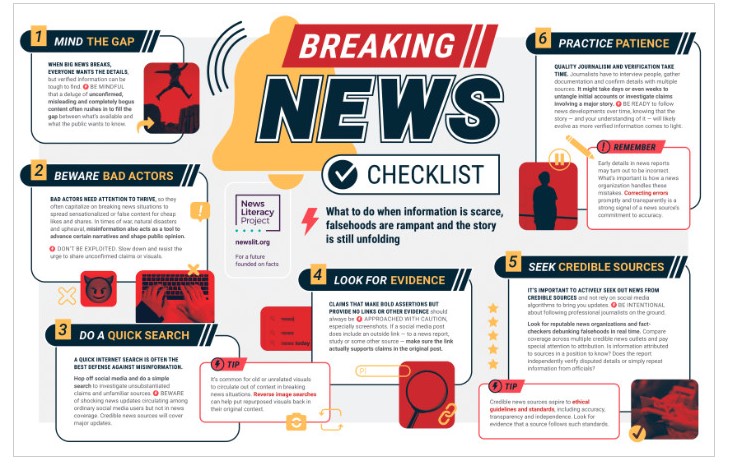
Practice Lateral Reading
Lateral reading is important for media literacy. This is a strategy for evaluating the credibility of a source by comparing it to other sources. It requires learners to open multiple websites using a laptop or desktop to fact check information shared in the original media. Introduce this strategy to younger students using Evaluating Online Resources, an eBook available from INFOhio. Chapter four of the book discusses lateral reading and provides an activity to do with students. This is a valuable start to building media literacy skills in learners.
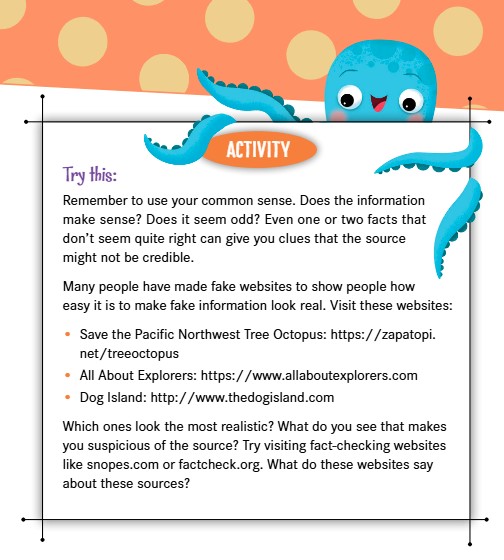
As students get older, they will get more and more of their media from mobile devices. However, the way we teach them to determine the validity of information still takes place on a computer. According to Jennifer LaGarde and Darren Hudgins in Developing Digital Detectives: Essential Lessons for Discerning Pact from Fiction in the "Fake News" Era, "the strategies being taught in school to help young people differentiate fact from fiction in the information they consume often do not transfer to the ways in which they access, react to, and share information in every other location..." How we access information determines how we understand and evaluate it. Lateral reading is not the same on a smart phone, where information from one app to another looks different and our engagement with it may be more casual.
Many schools have a "no device" policy and using smartphones in the classroom is not possible. However, LaGarde and Hudgins recommend these workarounds:
Developing Digital Detectives is available from INFOhio. Be sure to check it out and explore the Evidence Locker, a bonus website full of mini-lessons and infographics.
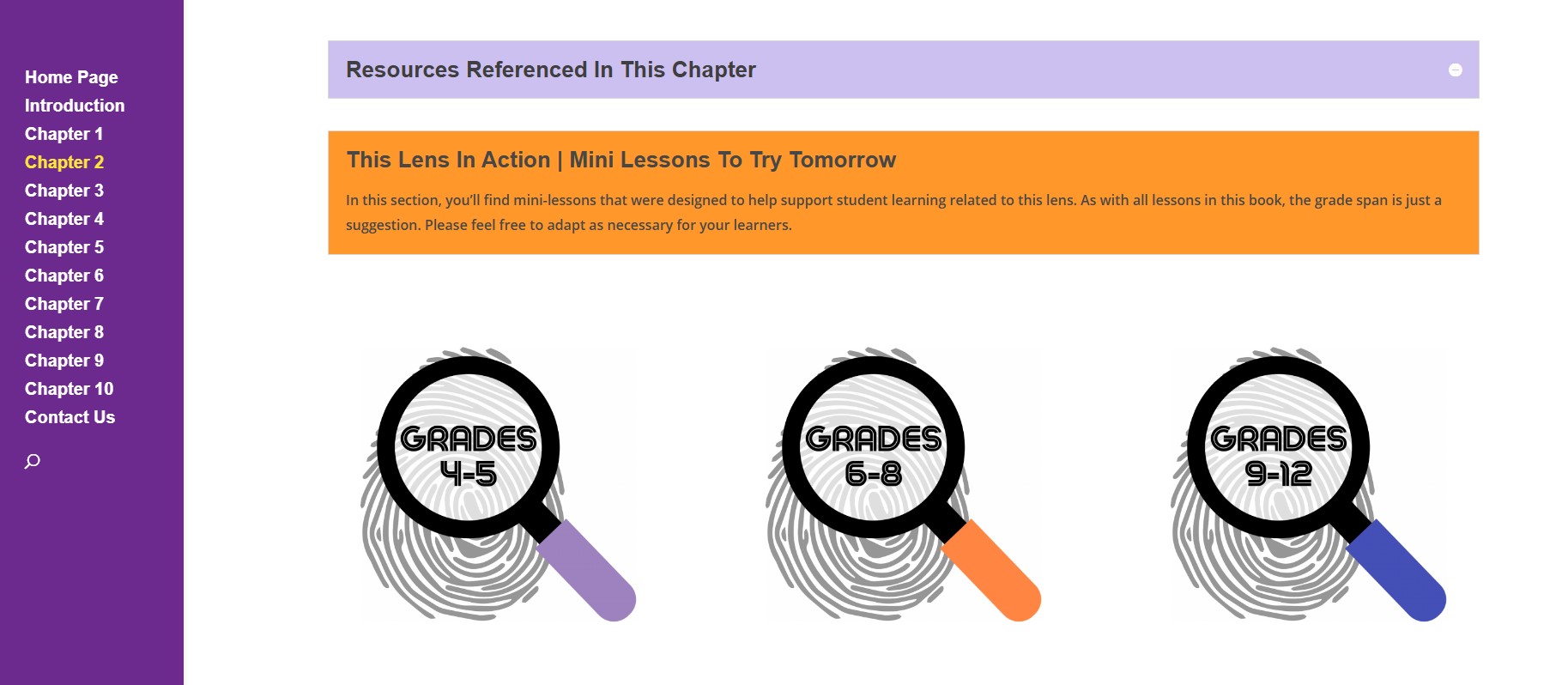
Teach Students to Recognize Biases and Consider Additional Perspectives
A study by the National Library of Medicine on bias recognition found that people believe others have bias based on preexisting beliefs and social stigmas, but don't view themselves the same way. This leads to a perpetuation of bias—we think we are innocent of bias, but everyone else is guilty. Helping students recognize their own bias is a core media outcome. Studies show that when we understand our own biases, we will be more likely to evaluate sources and look at multiple perspectives on an issue (NAMLE).
INFOhio resources can help you teach students these key skills. Use these resources to create minilessons or bell work. Check out the following resources to support students as they identify their own biases and the biases in media.
Challenging Confirmation Bias is an Open Space lesson from Common Sense Education that guides high school students through their own biases to help them avoid coming to questionable conclusions.
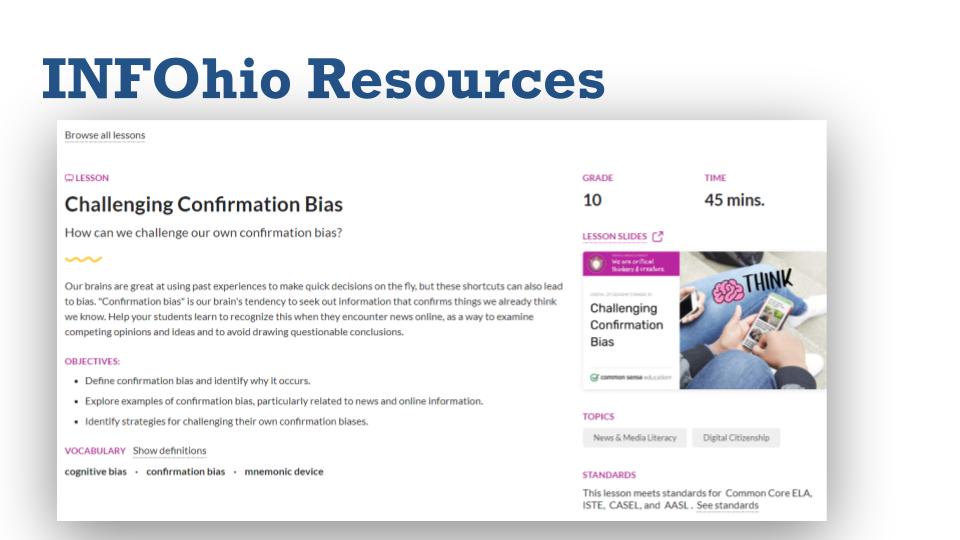
Other resources include eBooks from INFOhio:
Identifying Media Bias - Grades 7-12
Biased Science - Grades 9-12
Media Literacy: Information and Disinformation - Grades 9-10
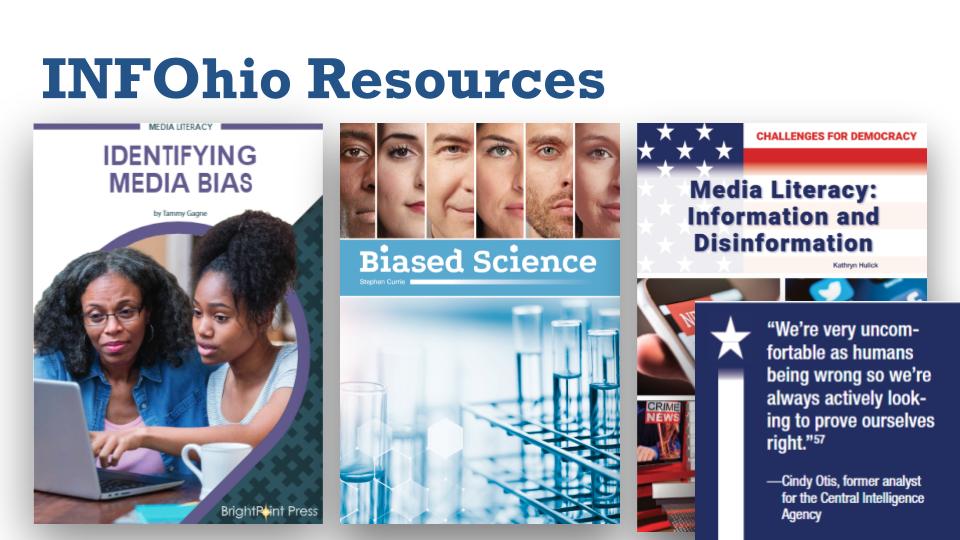
Note the quote from the last title that helps define how many people view bias. "If it isn't what I agree with, then it is biased." This is an example of why we must teach students to understand their own biases.
Teaching perspective taking can start at a very early age. Books are often the key to helping young children understand how others think or see things. BookFlix has several fiction and nonfiction pairs to help students in grades PreK-3 think about others. One simple book tells a powerful story of perspective. They All Saw a Cat is a storybook video that illustrates how our place and role in the world affects how we see things.
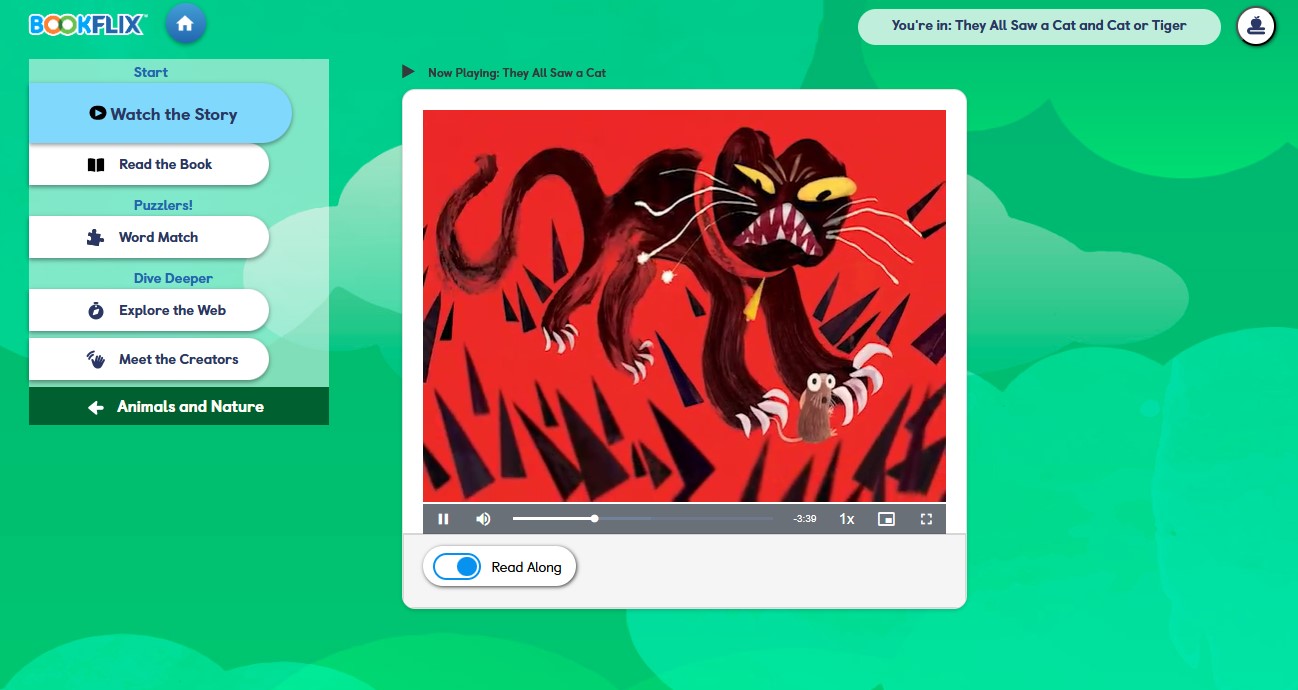
Create Real-World Experiences for Creators and Consumers
Media literacy extends beyond consumption and into creation. Studies have shown that media analysis and creation work hand-in-hand (NAMLE). With the learned skills from media literacy instruction, students are able to create media to tell a story for a distinct audience with multiple points of view. Creating real-world experiences for students is natural in media literacy instruction. Giving students choice is empowering, and allowing them to contribute to media is engaging. Check out this choice board and share it with middle and high school students. Allow them to choose the titles they want to read and use a simple 3-2-1 strategy for formative assessment.
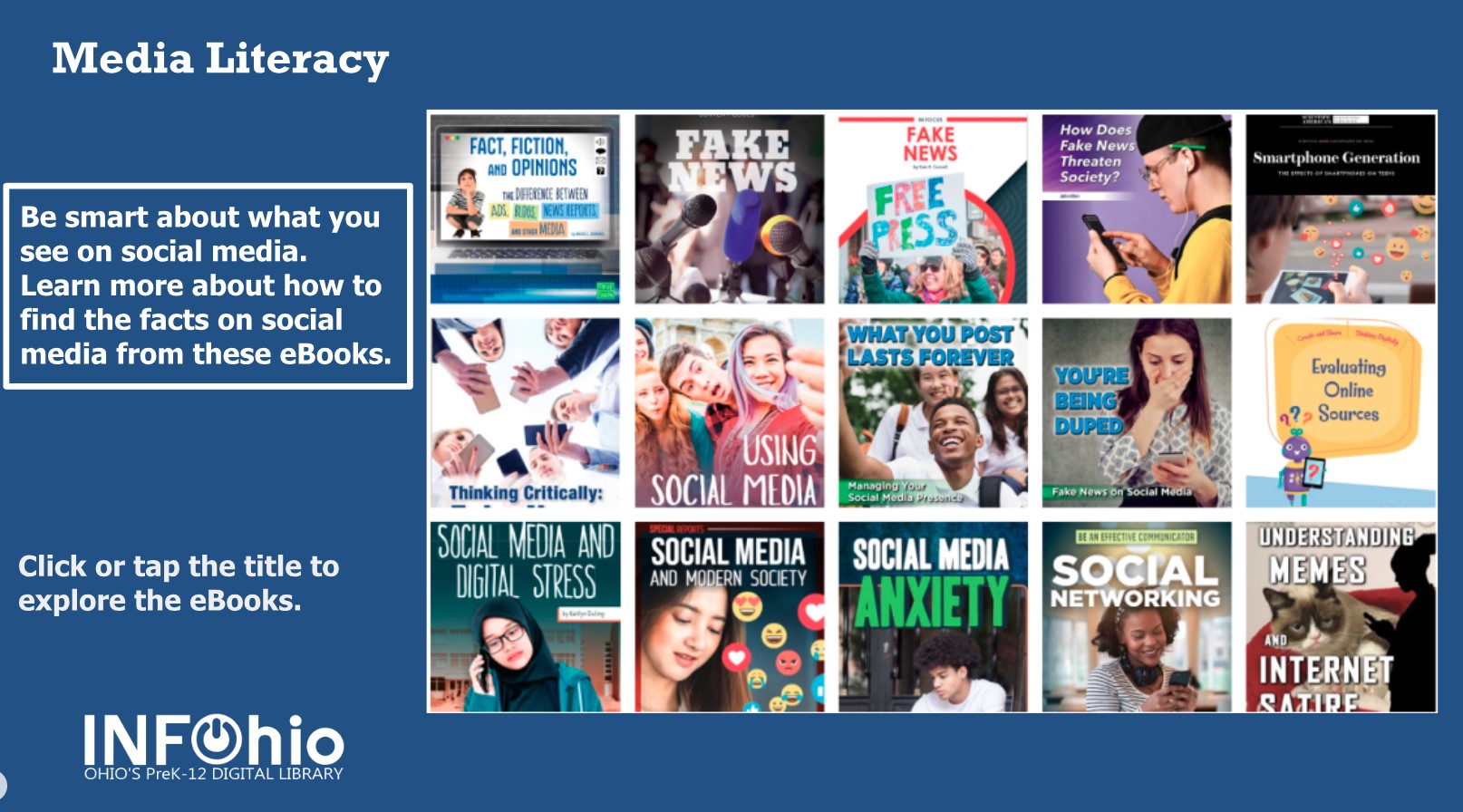
If you need support getting started with student creation, check out this collection of resources. From eBooks to lesson plans, the resources will provide a jumpstart for creation in your classroom. Consider developing a podcast for your history class or integrating graphic design into your math lesson.
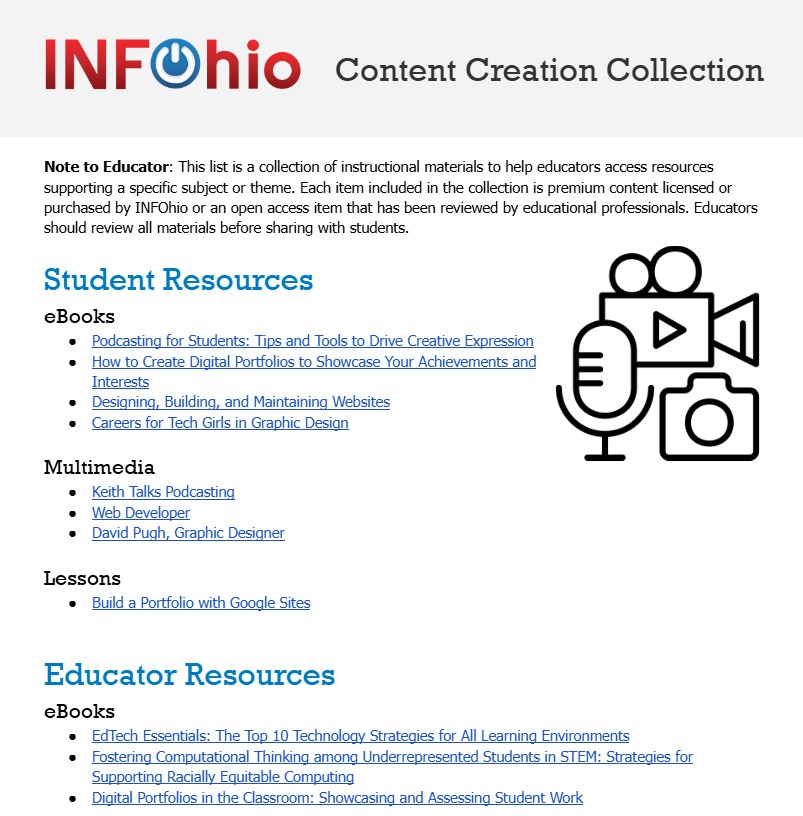
For younger students, this series of eBooks by Shannon McClintock Miller is fun way to get students creating in the classroom. The books are suitable for grades 3-7 and offer the why behind creation as well as the how. There are eight books in the series with topics such as 3-D printing, photo journals, and recycled art.
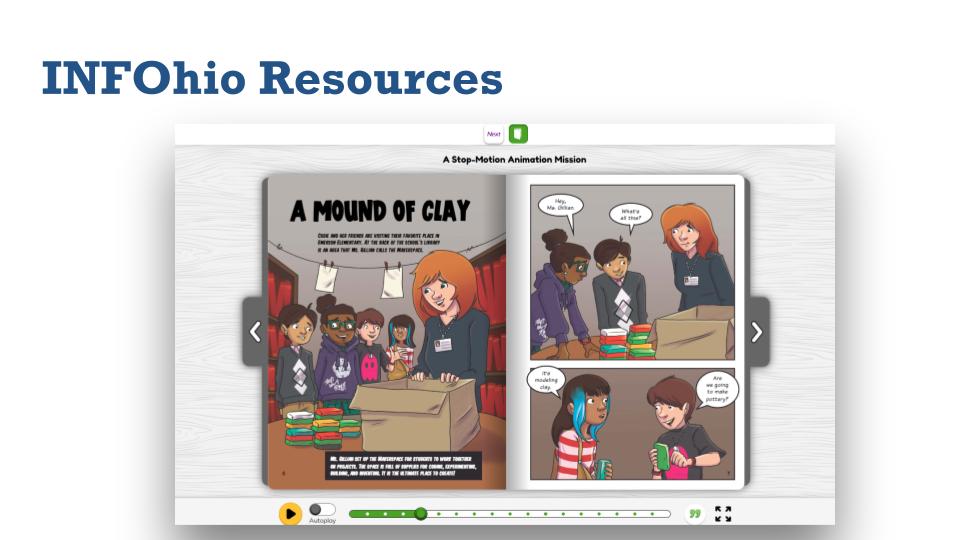
No matter what grade or subject, INFOhio has resources to help you equip students with the skills they need to navigate the world of media. Need help? Reach out to us at support.infohio.org.
Emily Rozmus is a Senior Instructional Specialist at INFOhio. She has worked in education for more than 30 years, first as a secondary English teacher and district librarian before starting at INFOhio in 2013. Emily has developed district growth plans, integrated technology, created instruction for information literacy, fostered teacher development, and worked on teams to implement curriculum. At INFOhio, she focuses on training educators to use INFOhio resources to improve learning.
Fetch is avaiable to INFOhio automated schools. If you are an INFOhio school, please log in with your school username/password using the button at the top-left corner of this page.
For more information about Fetch, please visit the Fetch information page or contact INFOhio support at https://support.infohio.org.